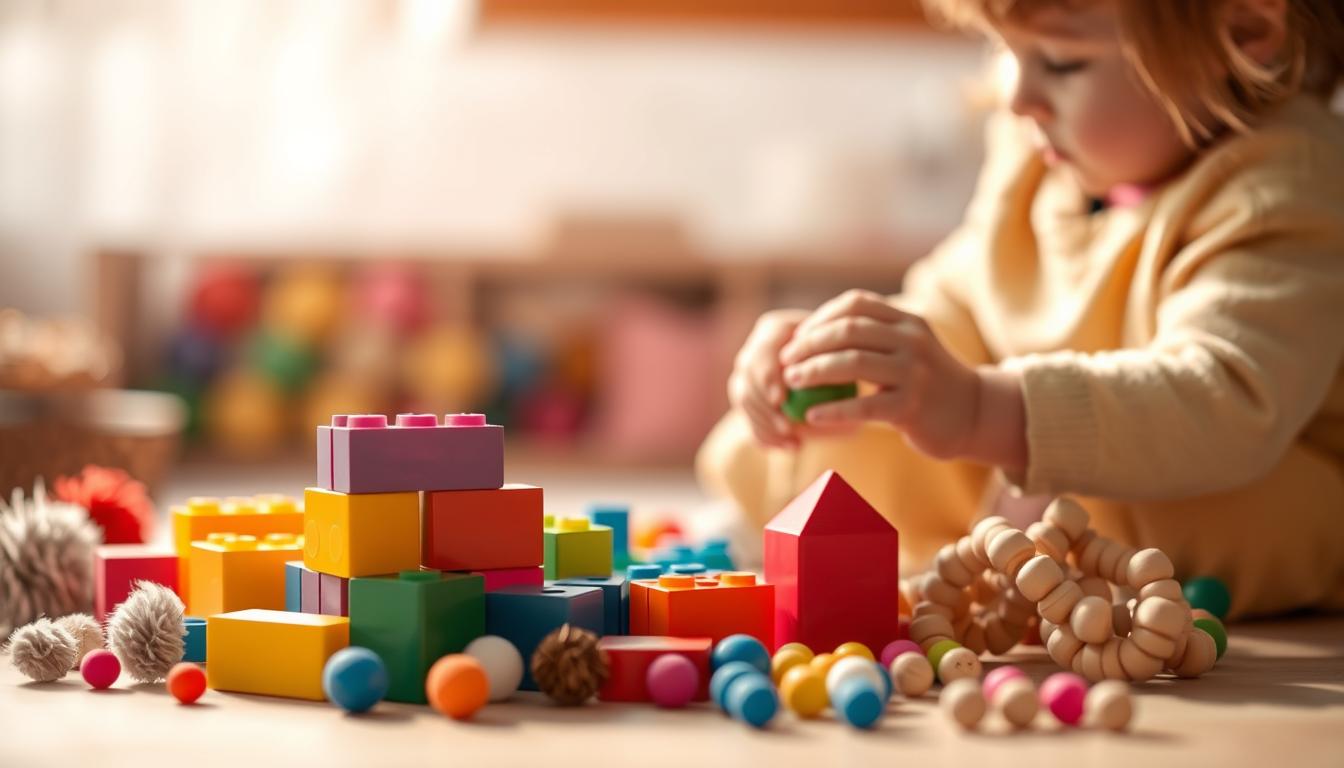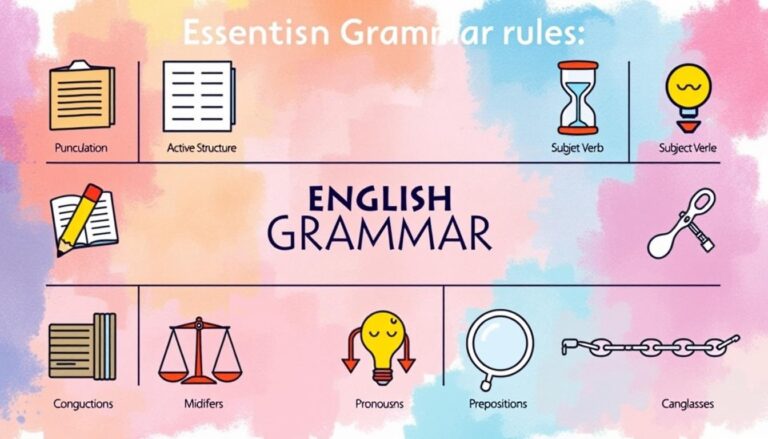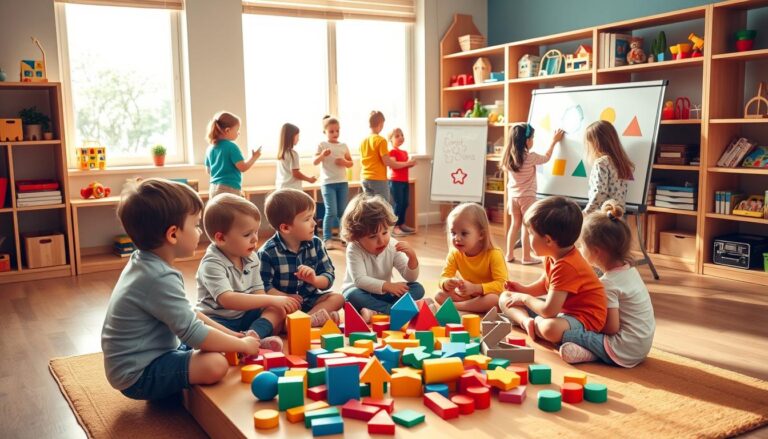Fine Motor Skills Activities for Early Learners
Have you ever wondered why small actions like buttoning a jacket or holding a pencil are so crucial for a child’s growth? These seemingly simple tasks are the building blocks of fine motor skills, which play a vital role in early development. From tying shoelaces to cutting paper, these skills empower children to become more independent and confident.
For young learners, developing hand-eye coordination and finger control is essential. Activities like threading beads or molding playdough not only strengthen hand muscles but also prepare kids for academic tasks like writing and drawing. These skills lay the foundation for future success in school and daily life.
In India, where education and self-reliance are highly valued, fostering these abilities from an early age is key. By engaging children in fun and creative tasks, we can help them master precision and control, setting them up for a lifetime of learning and achievement.
Introduction: Why Fine Motor Skills Matter for Preschoolers
What makes small tasks like holding a pencil or tying shoelaces so important for young kids? These actions are more than just everyday chores—they are the foundation of fine motor skills. These skills help children gain independence and confidence in their abilities.
Our Journey into Fine Motor Development
We’ve seen firsthand how mastering these skills transforms a child’s life. From buttoning a jacket to stacking blocks, every small movement builds hand-eye coordination and finger control. These are the building blocks for more complex tasks like writing and drawing.
Take, for example, a preschooler learning to use scissors. At first, it’s a challenge, but with practice, they gain precision and confidence. This journey isn’t just about physical ability—it’s about preparing kids for school and life.
The Role of Early Learning in Skill Building
Early learning plays a crucial role in developing these abilities. Activities like tracing shapes or sorting objects strengthen small muscles and improve coordination. These tasks are fun and engaging, making learning feel like play.
Research shows that kids who engage in such activities are better prepared for academic challenges. They also gain independence, which boosts their self-esteem.
By focusing on these skills early, we set children up for success. Whether it’s threading beads or molding clay, every activity is a step toward a brighter future.
Understanding Fine Motor Skills and Their Importance
Why do small actions like holding a spoon or turning a page matter so much for kids? These tasks are part of fine motor skills, which involve precise movements of the hands and fingers. Mastering these skills helps children gain independence and confidence in their abilities.
Grasping, Coordination, and Precision
Fine motor skills rely on three key components: grasping, coordination, and precision. Grasping involves holding objects like crayons or beads. Coordination ensures the hands and fingers work together smoothly. Precision allows kids to perform tasks like cutting paper or threading a needle.
Activities like molding playdough or using tweezers strengthen these skills. They also improve hand-eye coordination, which is essential for tasks like writing and drawing. Every small movement builds muscle strength and neural connections.
Building Independence Through Small Movements
Small tasks like buttoning a shirt or stacking blocks may seem simple, but they are crucial for building independence. These activities teach kids to rely on themselves and develop problem-solving skills. Over time, they gain the confidence to tackle more complex challenges.
Here are some ways to encourage fine motor development:
- Use scissors to cut shapes from paper.
- Thread beads or pipe cleaners through holes.
- Practice buttoning and zipping clothing.
- Play with tools like tweezers or cups for water play.
By incorporating these activities into daily routines, parents can help their children build essential skills. Every small step leads to greater independence and success.
fine motor activities preschool: Engaging Ways to Boost Tiny Hands
How can simple tasks like threading beads or buttoning a shirt shape a child’s future? These activities are more than just fun—they build essential skills that prepare kids for life. By focusing on hand control and creativity, we can help young learners thrive.
Activity Spotlight: Bead Stringing and Buttoning
Bead stringing is a fantastic way to strengthen hand muscles and improve coordination. Using colorful beads, kids practice precision and control as they thread each piece. This activity also enhances creativity and early literacy concepts, making it a favorite among educators.
Buttoning is another skill that fosters independence. It teaches kids to use their fingers effectively, building confidence in daily tasks. Both activities are simple to set up and can be done at home or in the classroom.
Fun Tools and Techniques We Love
Tools like clothespins and tweezers add an extra layer of fun to skill-building. Clothespins can be used for sorting games, while tweezers help kids pick up small objects, improving hand-eye coordination. These tools are not only effective but also engaging for young learners.
Here are some practical tips for parents and educators in India:
- Use large, colorful beads for easier handling.
- Incorporate buttoning practice into dressing routines.
- Introduce clothespin activities like sorting by color or size.
- Set up a tweezers station with small objects like pom-poms or beads.
By combining play and learning, these activities create a strong foundation for future success. They’re not just about skill development—they’re about building confidence and independence in every child.
Creative Activities to Enhance Hand-Eye Coordination
What role do puzzles and finger painting play in a child’s growth? These activities are more than just fun—they help kids develop essential skills like hand-eye coordination and precision. By engaging in creative tasks, children build confidence and prepare for future challenges.
Puzzle Solving and Tracing Shapes
Puzzles are a fantastic way to boost spatial reasoning and coordination. As kids fit pieces together, they learn to align shapes and improve their problem-solving skills. Tracing shapes, on the other hand, helps build precise hand control and prepares them for writing.
Here’s a quick comparison of these activities:
| Activity | Skills Developed | Materials Needed |
|---|---|---|
| Puzzle Solving | Spatial reasoning, coordination | Puzzle pieces |
| Tracing Shapes | Hand control, pencil use | Paper, pencils, stencils |
Artistic Play with Finger Painting and Dot-to-Dot
Finger painting is a sensory-rich activity that encourages creativity and coordination. Kids use their fingers to create art, which strengthens their hand muscles and improves control. Dot-to-dot worksheets are another great tool, helping children connect dots to form shapes and images.
These activities are not only enjoyable but also educational. They help kids develop hand-eye coordination while expressing their creativity. For more ideas, explore our online learning program for early learners.
By incorporating these activities into daily routines, parents and teachers can support a child’s development in a fun and engaging way. Every creative task is a step toward building essential skills and confidence.
Fun Projects with Playdough, Cutting, and Stickers
What makes playdough, cutting, and stickers such powerful tools for a child’s development? These hands-on activities are not only fun but also help build essential skills like hand strength, precision, and creativity. By combining these elements, we can create engaging projects that support growth and learning.
Playdough Creations and Sculpting
Playdough is a versatile tool for developing fine motor skills. Kneading, rolling, and shaping the dough strengthens finger muscles and improves control. Kids can create anything from simple shapes to intricate sculptures, fostering creativity and tactile exploration.
Here are some ideas to get started:
- Roll small balls and flatten them into “pancakes.”
- Use cookie cutters to create fun shapes.
- Hide small objects in the dough for a discovery game.
Safe Cutting Practices for Kids
Using child-safe scissors is a great way to build hand strength and coordination. Start with simple tasks like cutting straight lines or basic shapes. As kids gain confidence, they can progress to more complex patterns and designs.
Always supervise cutting activities and choose age-appropriate materials. Colorful paper can make the process more engaging and enjoyable.
Sticker Activities for Precision and Fun
Peeling and placing stickers require precise movements, making them excellent for refining dexterity. Kids can create artwork, decorate notebooks, or even make their own sticker stories. This activity encourages self-expression and patience.
For added variety, combine stickers with playdough or cut-out shapes. These projects not only enhance motor skills but also spark creativity and imagination.
By incorporating these activities into daily routines, parents and teachers can help children develop essential skills in a fun and engaging way. Always prioritize safety and choose materials that suit the child’s age and abilities.
Practical Home and Classroom Motor Skill Exercises
How can everyday tasks like stacking cups or sorting buttons help children grow? These simple activities are more than just play—they are powerful tools for building essential skills. By engaging in hands-on exercises, kids develop coordination, independence, and confidence.
Sorting, Stacking, and Building Activities
Sorting objects by color or size is a great way to improve categorization skills. Kids learn to focus on details while strengthening their hand-eye coordination. Using buttons, beads, or even household items makes this activity fun and educational.
Stacking cups or building with blocks engages spatial reasoning and control. These tasks require precision and patience, helping kids refine their movements. Over time, they gain the ability to tackle more complex structures, boosting their problem-solving skills.
Here are some practical ideas for parents and educators in India:
- Use colorful blocks or cups for stacking challenges.
- Sort buttons or beads into containers by size or color.
- Encourage kids to build towers or bridges with household items.
These activities are easy to set up and adapt for different environments. Whether at home or in the classroom, they provide a strong foundation for skill development. Regular practice ensures steady progress and prepares kids for future challenges.
Integrating Science and Art into Fine Motor Play
Why is combining science and art a game-changer for young learners? These two fields, often seen as separate, come together beautifully in activities that build essential skills. By blending creativity with learning, we can help children develop coordination, precision, and a love for exploration.
Water Play with Squeezing and Pouring Techniques
Water play is more than just fun—it’s a powerful way to build hand strength and control. Using sponges, pipettes, or small cups, kids can practice squeezing and pouring, which enhances their coordination. These tasks also introduce basic scientific concepts like volume and gravity.
Here’s how to set up a simple water play activity:
- Fill a tray with water and add sponges or pipettes.
- Encourage kids to transfer water between containers.
- Discuss how water moves and changes shape.
This sensory-rich activity is perfect for home or classroom settings. It’s engaging, educational, and helps kids refine their movements.
Stamping Art and Q-tip Painting
Stamping art and Q-tip painting are creative ways to merge art with skill-building. These activities require precise hand movements, helping kids develop control and patience. They also allow for self-expression, making them both fun and educational.
Here’s a quick comparison of these activities:
| Activity | Skills Developed | Materials Needed |
|---|---|---|
| Stamping Art | Precision, creativity | Stamps, ink pads, paper |
| Q-tip Painting | Hand control, focus | Q-tips, paint, paper |
These projects are easy to set up and adapt for different ages. They’re a great way to spark creativity while building essential skills.
By integrating science and art into play, we create a rich learning environment. These activities not only boost fine motor skills but also foster curiosity and creativity in every child.
Everyday Strategies to Reinforce Fine Motor Development
What if the key to building essential skills lies in the items you already have at home? Everyday objects like buttons, socks, and cups can become powerful tools for skill development. By incorporating these into daily routines, parents and teachers can help children strengthen their coordination and dexterity.
Using Household Items for Quick Motor Workouts
Household items are perfect for creating impromptu exercises that enhance a child’s abilities. Sorting socks by color or size, for example, improves categorization skills and hand-eye coordination. Using clothespins to pick up small objects or attach them to taped surfaces strengthens finger muscles and precision.
Here are some simple ideas to try:
- Sort buttons or beads into containers by size or color.
- Stack cups or build towers with household items like blocks or plastic containers.
- Use clothespins to pick up and sort small objects like pom-poms or cotton balls.
These activities are easy to set up and adapt for different environments. Whether at home or in the classroom, they provide a strong foundation for skill development. Regular practice ensures steady progress and prepares kids for future challenges.
Consistency is key. By integrating these strategies into daily routines, we can help children build independence and confidence. Every small step leads to greater success and prepares them for life’s challenges.
Conclusion
Building essential skills in young learners doesn’t have to be complicated—it starts with simple, everyday tasks. Throughout this article, we’ve explored how activities like bead stringing, playdough sculpting, and water play foster confidence and independence in children. These tasks strengthen hand and finger control, preparing kids for future challenges.
Consistent practice is key to achieving long-term precision and coordination. By integrating these strategies into daily routines, parents and educators can create a strong foundation for early learning. In India, where education and self-reliance are highly valued, these methods are especially impactful.
We encourage caregivers to revisit the activities and tips shared here. By doing so, they can ensure continuous growth and enjoyment in skill development. Together, we can empower every child to thrive in school and beyond.







